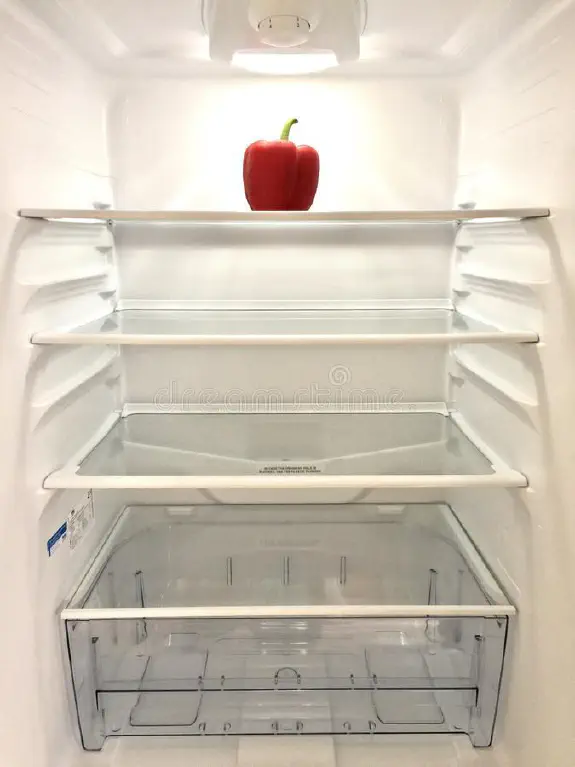Sex and Gender-based Analysis of this topic
Definition
Food insecurity was originally defined as the simple lack of adequate amounts of food, but it is now understood as a broader concept that includes lack of access to high quality and quantities of food, as well as worry about having enough food. Health Canada considers households to be experiencing food insecurity if “at times during the previous year, these households were uncertain of having, or unable to acquire, enough food to meet the needs of all their members because they had insufficient money for food” [1]. The Canadian Community Health Survey (CCHS) focuses on income in its definition of food insecurity, determining that households being unable to afford adequate food during the previous 12 months are food insecure. According to results from the 2007-2008 CCHS, approximately 6.6% of women in Canada live in food insecure households [1]. Of these women, 4.2% experience mild food insecurity (insecurity without hunger), 2.0% experience moderate food insecurity (food insecurity with moderate hunger), and 0.4% experience severe food insecurity (insecurity with severe hunger).
Sex Issues
Food insecure women are more likely to experience both poor physical health (e.g., nutrient deficiencies, heart disease, high blood pressure, cancer) [2-4] and mental health (e.g., stress, depression, anxiety) [5-6]. Food insecurity is particularly risky for women with pre-existing chronic conditions that require special diets for health management, such as diabetes [7-8].
Gender Issues
In many cultures and societies, women are responsible for food, including planning, purchasing, and preparation [9]. As a result, women are often blamed when diets are inadequate and they will often cope with food insecurity by compromising their own diets in order to feed their children [3, 10, 11]. Mothers living in low income households typically eat last and eat food of lower quality [3]. Lone parent households (most often led by women) have the highest rates of food insecurity in Canada [1]; over 20% of lone mothers are food insecure according to CCHS data. Over 12% of lone mothers experience mild food insecurity (3x the national average), 6.7% experience moderate food insecurity, and 1.8% experience severe food insecurity (4x the national average).
Diversity
Lone mothers, Aboriginal women, visible minority women, immigrant women, and senior women in Canada are at particular risk of low income and thus, food insecurity [1, 12]. Aboriginal women living off-reserve in Canada experience over twice the rate of mild food insecurity, over three times the rate of moderate food insecurity, and over four times the rate of severe food insecurity compared to non-Aboriginal women [13]. In Arctic Canada, the affordability of grocery store food and accessibility to hunting and fishing are major factors affecting Aboriginal women’s food security, as well as overall cultural health and survival [14-15]. Other dimensions of diversity also affect food insecurity, such as regional patterns, age, and education. Women in the Yukon, Northwest, and Nunavut territories experience rates of food insecurity that are more than two times the national average [16]. Young people in Canada may be at high risk of food insecurity due to their low incomes as either students or those who have just entered the workforce [17].
Equity
Low income is associated with a variety of social inequities and food insecurity is one result of these inequities. Women are more likely than men to experience poverty and lone mothers, Aboriginal women, visible minority women, immigrant women, and senior women in Canada are at particular risk of low income due to marginalization and discrimination [12]. Women living on low income may have poor access to healthy food options as these are often more expensive than unhealthy food. In Canada, it has been found that women whose household income falls in the lowest income quintile experience food insecurity rates more than twice the national averages. Food budgets for low income individuals can often be the only flexible part of their budgets, therefore food expenditures can be constrained [4] and healthy foods may be sacrificed for lower cost (and unhealthy) foods [18].
Critique
Women experiencing food insecurity report that they often know what constitutes a healthy diet, but simply do not have the resources for or access to healthy foods. Healthy living strategies tend to present a healthy diet as a choice that is within the reach of anyone and everyone in Canada, but for women in food insecure households, healthy “choices” are not an option. Promotion of policy reform at local, regional, and national levels that will lessen economic constraints on low-income households has been proposed as a direction for combating food insecurity [19]. The CCHS focuses on income-related food insecurity, which is critical, but it ignores other influences, such as rural, remote, and suburban living, distribution of income within households, and the costing and quality of foods available. This kind of data would help to provide a more nuanced understanding of food insecurity in Canada.
